Gen. Robert Abrams says that the likelihood is high that the US and allies won’t get to pick the time and place of its choosing for the next battle.
It’s likely that the next battle will take place in a megacity, said Abrams, commander of U.S. Army Forces Command.
“The chance of fighting in a megacity is going to go through the roof,” he said, pointing out that there are currently 25 megacities across the world. A megacity is defined as a city of 25 million or more inhabitants. By 2035, the number of megacities is projected to double.
Coincidentally, 2035 is also the target delivery date for what is currently the US Army’s conceptual Next Generation Combat Vehicle, or NGCV, he said.
“Recent fighting in countries throughout the Middle East validate the value of combat vehicles in urban areas, but also reveal vulnerabilities. The NGCV will address such shortfalls. Dense, urban terrain diminishes the effectiveness of fighting vehicles, which are impacted by obstacles, large civilian populations, and confined spaces, he noted. In such confined spaces, enemy dismounts are better able to isolate individual vehicles at close range, and employ anti-armour fire and IEDs of all types.”
Other capabilities of the NGCV according to the General might include:
- Reactive armor
- Active protection systems
- Artificial intelligence
- Autonomy and/or teaming
- Advanced target sensors
- Lasers
- Precision, extreme-range lethality
- Potential to accommodate future upgrades
“That’s an aggressive list,” Abrams said. “And, it is unlikely all of these can be built into the Next Generation Combat Vehicle in that timeline. But that’s OK. Ideally, we would be able to trade weight for protection other than armour.”


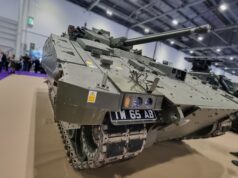


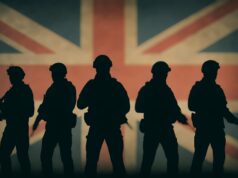
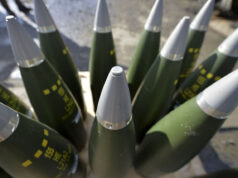
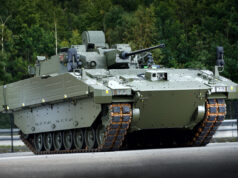
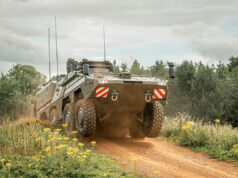
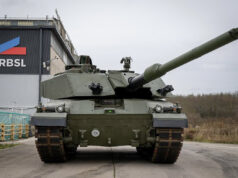


Worth considering ahead of the battle to retake the islamic state of Londonistan in the 2040s
Reactive armor
Active protection systems
Artificial intelligence
Advanced target sensors
Lasers
All this for an IFV? Sure, you want the best vehicle possible but this is starting to get expensive. Industry and armies have to be careful they don’t build overdesigned pieces of junk like Nazi Germany did that cannot be repaired in the field or produced quickly in a conflict, nor break the bank and reduce how many you can buy.
It’s somewhat different for big projects like ships which have come to the fore in this website and amongst commenters, but an IFV is not something one should be sinking so much tech and money into unless the costs can be brought down. And if your thinking of installing lasers, a tech that is unproven, cumbersome and untested, on an IFV then it’s not going to be cheap like any new technolgy.
The British CVT family was ahead of its time in regards to size, and offered a greater operational envelope. The Scorpion/Scimitar will be sadly missed when it comes to fighting in narrow streets. A little like the Ferrit that went before, was able to patrol areas where the Saladin could not, and proved invaluable in restricted environments. Ajax, by comparison, is huge and will not allow for the same flexibility? Admittedly, the Scorpion and Ferrit lacked the body armour of more modern machines, but the one critical attribute they did have was speed. Going forward, fighting vehicles will probably be larger due to the increased operability demanded of them, plus deploying fewer units as complexity and costs rise expediently? One other modern factor is the, ‘Out of Harms Way’ element, that now has to be baked in from the start, which must increase size and weight.
I get where your coming from but in my opinion speed isn’t important in urban combat. A high speed ans stellar accelration means nothing when your in narrow street where you can’t turn and surrounded by friendles. Plus attack can come from close range and you’ll be hit before the human brain can adjust, much less throw the vehchle in to gear and blitz away.
Ideally, small well armed and armoured plus speed. Short barrel but high caliber would be useful in narrow streets, tanks with long guns barrels can’t rotate the turret! Speed is a necessary factor too, for city fighting as you can enter and withdraw from conflict with a higher probability of escape. The Ferrit was lightly armoured but proved itself many times in urban fighting, due mainly to its agility and acceleration.
Block war!